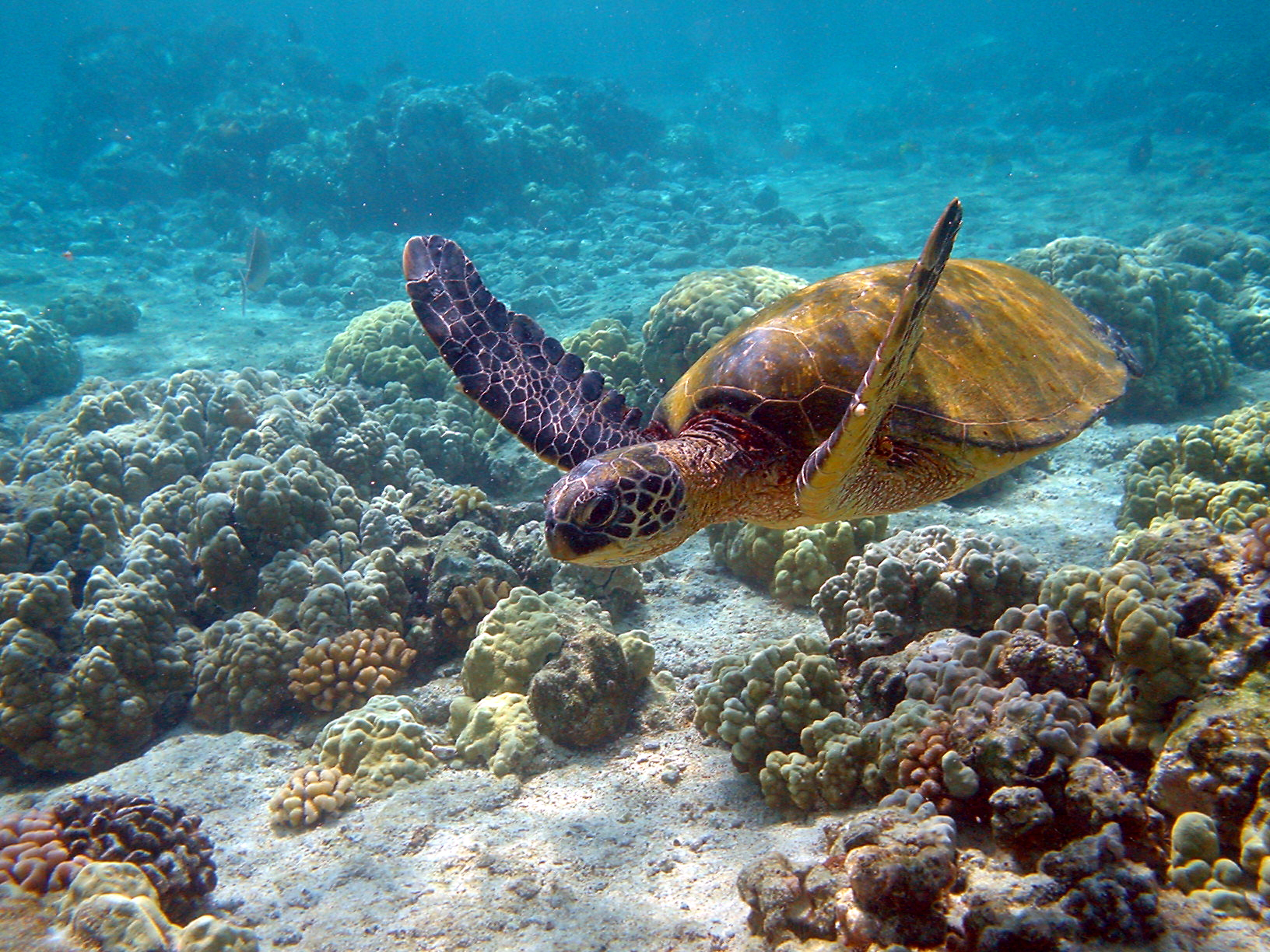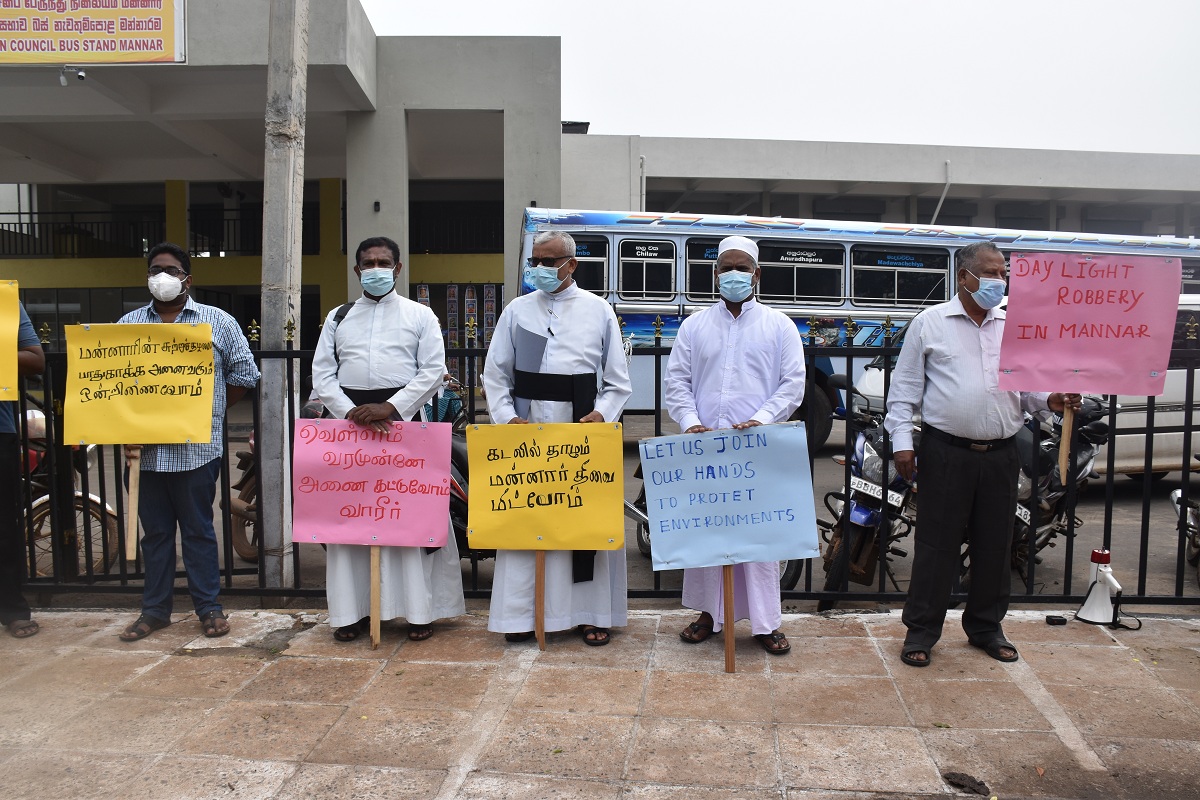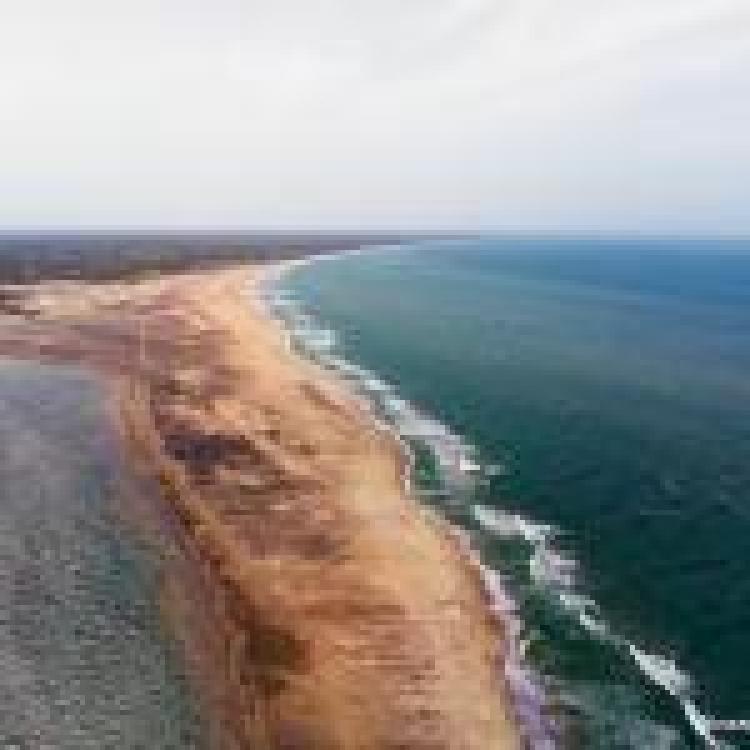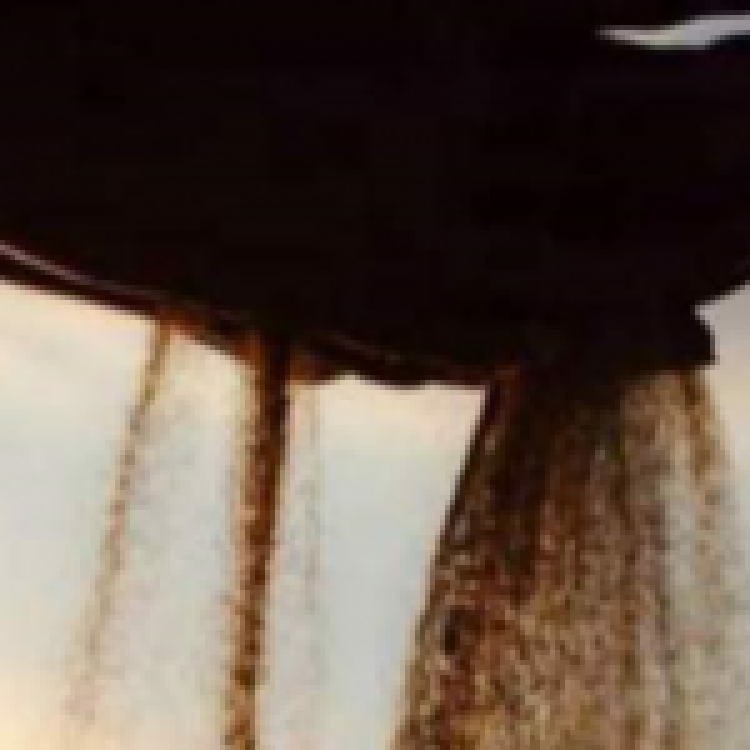Environmentalists in Sri Lanka have added to concerns over an Australian mining project being carried out in Mannar, already the subject of local protests and criticism from Australian environmental experts.
Australian drilling company Titanium Sands Ltd plans to carry out extensive limonite sand mining on ‘fragile’ Mannar Island, despite the company reportedly not obtaining the relevant permissions and environmental approval.
The mining would create great damage throughout the Mannar Island as well as to the Gulf of Mannar Marine National Park (officially part of Tamil Nadu), the Sri Lanka-based NGO Centre for Environment and Nature Studies (CENS) has said.
Titanium Sands Ltd completed a scoping study of the island drilling over 4000 exploratory holes, some as deep as 12 metres, reportedly without obtaining permission from private landowners.
CENS said the mining project would create great damage to groundwater table in the land area of Mannar Island, and that the mining would risk contaminating fresh water with saltwater, as well disrupting the lives of tens of thousands of residents who depend on fishing and other primary industries for their livelihoods. The project also threatens the potential destruction of old-growth palmyrah forests and damage to the habitats of Mannar’s significant migratory bird population.
The region’s marine biodiversity was in particularly danger, with risks including the deposit of mining waste into the gulf’s coral reefs and other marine habitats.
CENS also alleged that although no environmental approvals or mining licenses had been issued, Titanium Sands was aggressively seeking investors for the operation, claiming it to be a simple, low impact mining process.
Gulf of Mannar

The Gulf Mannar including Mannar island is an ecologically important region for both the island and India, with the Indian Government declaring the sea and some island areas as a protected area.
The protected area is specifically a Biosphere Reserve, extending over 10,500 square kilometres, covering 21 islands. Gulf of Mannar Marine National Park falls under this reserve and extends over 560 square kilometres.
The National Centre for Coastal Research, an institute under the Ministry of Earth Sciences, in India, has a field research station in the Gulf of Mannar region and identified different habitats, including coral reefs, mangroves and seagrasses.
Visiting the 21 islands are 168 kinds of birds that migrate from afar, 5 kinds of marine turtles, 450 different kinds of fish, 79 kinds of shellfish, 100 different kinds of sponges, 260 kinds of molluscs (relatives of snails) and 100 kinds of echinoderms (sea stars, sand dollars, sea cucumbers and their relatives).




